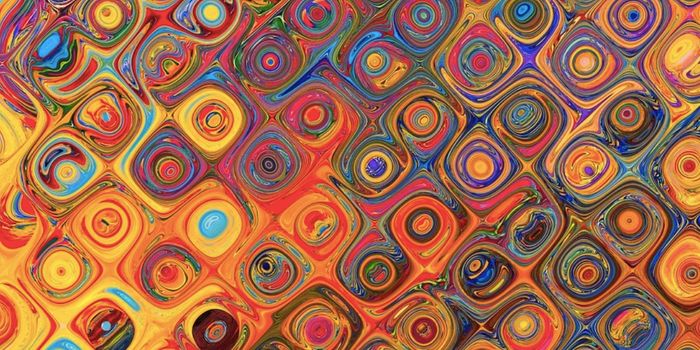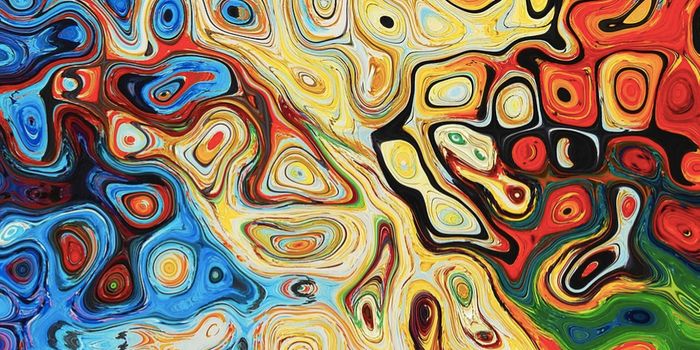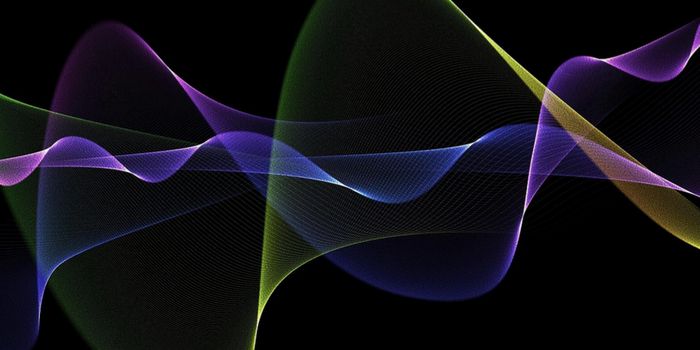Virtual Reality Affects Balance
 As we age, our vision natural changes—it becomes weaker. Vision changes can also be due to multiple other factors aside from aging which to a degree can affect our ability balance and move around.
As we age, our vision natural changes—it becomes weaker. Vision changes can also be due to multiple other factors aside from aging which to a degree can affect our ability balance and move around.
Now, a study addresses how the human balance system can very quickly cease to rely on vison and opt to other senses instead. Sensory information received from the feet, joints and muscles work to increase postural stability. The study exposed both genders to a Virtual Reality (VR) simulation of a roller-coaster ride while being planted on a platform which registered their postural stability. The study found that differences in postural stability exist between genders with women having more difficulty maintaining their balance in a VR environment where they generally needed more practice before they depended on other senses.
"People with long-term dizziness sometimes rely a lot on their vision and do not use the very quick and effective balance system provided by sensory information from joints and muscles. This can intensify feelings of dizziness, which is very unpleasant. The new study shows a possible treatment method for these conditions," says Eva Ekvall Hansson, researcher and associate professor of physiotherapy at Lund University.
The study examined how the participants were affected when visual information was disrupted by the experience of being in a VR environment which gave them a strong sensation of being in movement.
"VR can thus be an effective tool in rehabilitation, to train the patient's ability to rely on senses other than vision to keep their balance. However, some women may need additional practice to achieve the same effect as men in the rehabilitation of certain types of injuries related to vision," says Måns Magnusson, professor of otorhinolaryngology research at Lund University and consultant physician at Skåne university hospital.
Learn more:
"We know that older people, to a greater extent than young people, use vision to maintain postural stability. The lessons from this study will therefore be an important incentive to introduce new training methods for the older, for example using VR technology to prevent falls," concludes Eva Ekvall Hansson.
Source: Lund University








